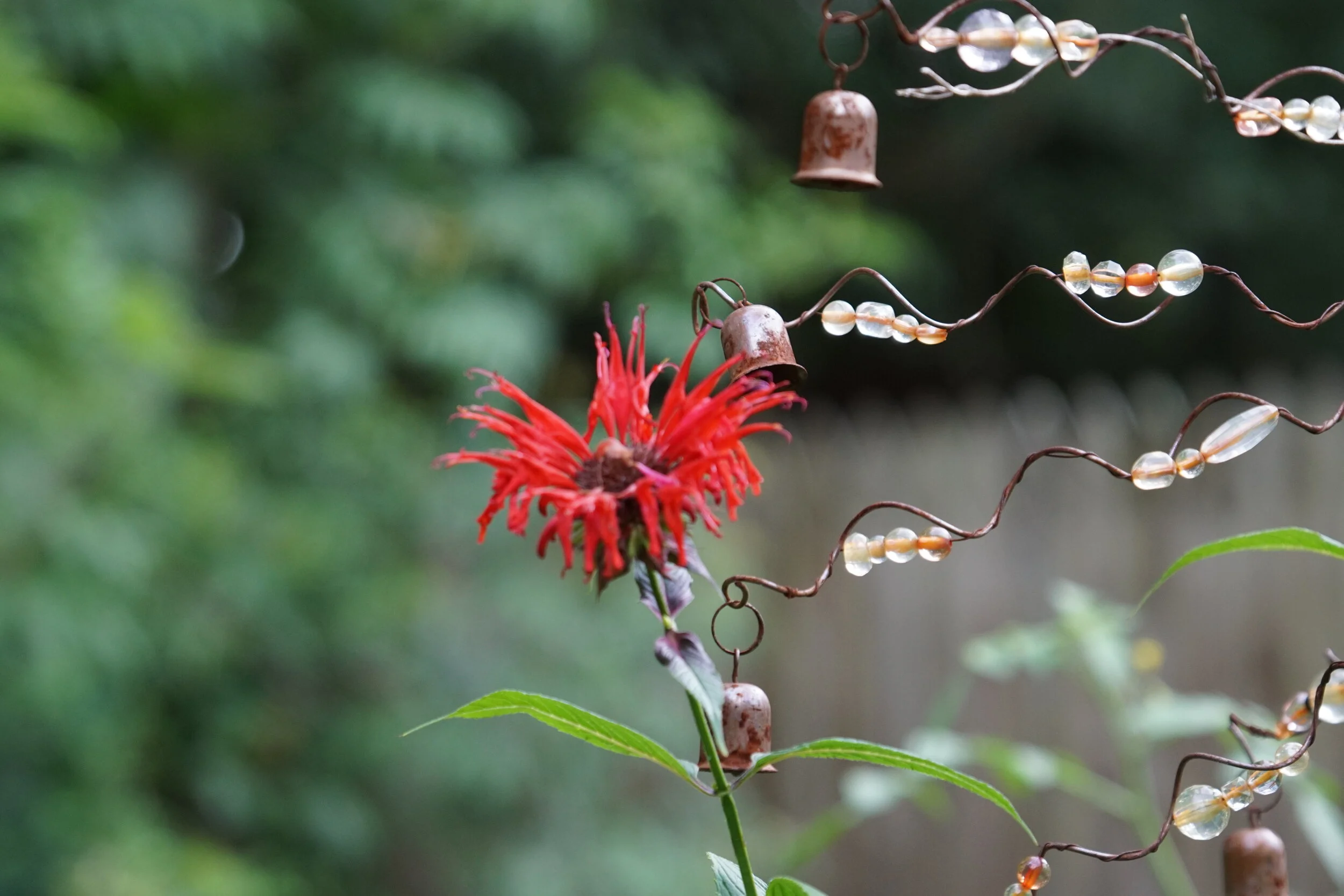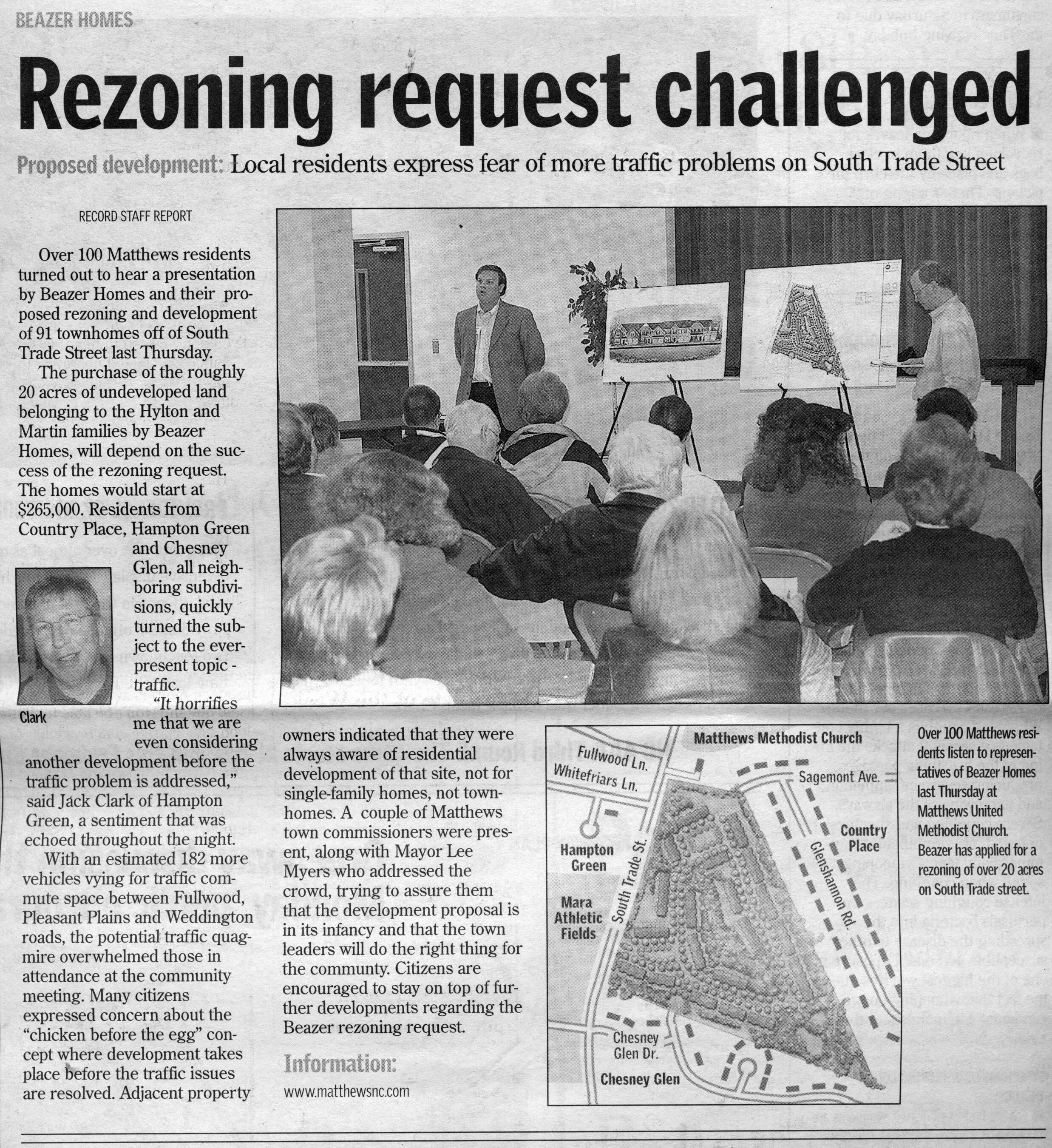“ Everybody loves these ruby-throated hummingbirds, which are nicknamed “flying jewels.””
Photo by Debbie LeBlanc Foster
Few birds get quite as much notice when they migrate back into our area as the ruby-throated hummingbirds. Everybody loves these little guys, which are nicknamed "flying jewels."
Right now we're seeing the early migrants coming through, but it shouldn't be more than a couple of weeks until our regulars come back. The males come first, followed by the ladies shortly after.
How can you attract these tiny birds to your yard?
There are two things you can do - hang feeders and plant native plants.
Let's start with the feeders.
If you already have a feeder, give it a good scrub (get those ports clean!), rinse well, and let it dry in the sun. You can either purchase liquid nectar, a powder that you mix with water, or make your own with four parts water to one part sugar. Refrigerate the unused portion. A quick search recommended using the refrigerated nectar within 7-14 days.
Photo by Debbie LeBlanc Foster
There are three critical pieces of information about using feeders. First, you have to keep them clean. This means frequent scrubbing in hot weather. Next, please DO NOT use red dye. It's harmful to the hummers and totally unnecessary. The feeders themselves are red, which will attract the birds. Finally, nectar has to be kept fresh. That means changing it out every couple of days during our hot weather. The bottom line is, if you can't commit to these three requirements then a feeder isn't the best choice for you.
The next way to attract hummingbirds is native plants. The bonus here is you get bright, beautiful plants and the birds - win, win!
In my yard the three most popular plants are our native honeysuckle (Lonicera sempervirens), bee balm (Monarda didyma) and our native scarlet hibiscus (Hibiscus coccineus).
The honeysuckle is a vine that pretty much stays covered in blooms. I've seen mine bloom year-round. Right now It's got about 50 blossoms. I'm including a picture so you can appreciate how beautiful this plant is, and how it looks nothing like that pesky invasive Japanese honeysuckle.
I was surprised the first time I saw hummers on the bee balm. But they did it so consistently that I've been able to get some fabulous pictures of them.
“The blooms are big enough to be used as a lawn chair for the birds!”
Photo by Debbie LeBlanc Foster
The final plant is our native hibiscus, not the kind you see for sale in the big box stores. This spectacular plant grows on canes and produces dinner-plate sized vibrant red blooms. At the end of the season there are seed pods that you can share with friends, or you can just dig up a cane. As you can see from the picture, the blooms are big enough to be used as a lawn chair for the birds!
Now that we have the time to hang out in our yards we can really appreciate Mother Nature as she morphs from winter to spring. Go outside and watch for the hummers!












